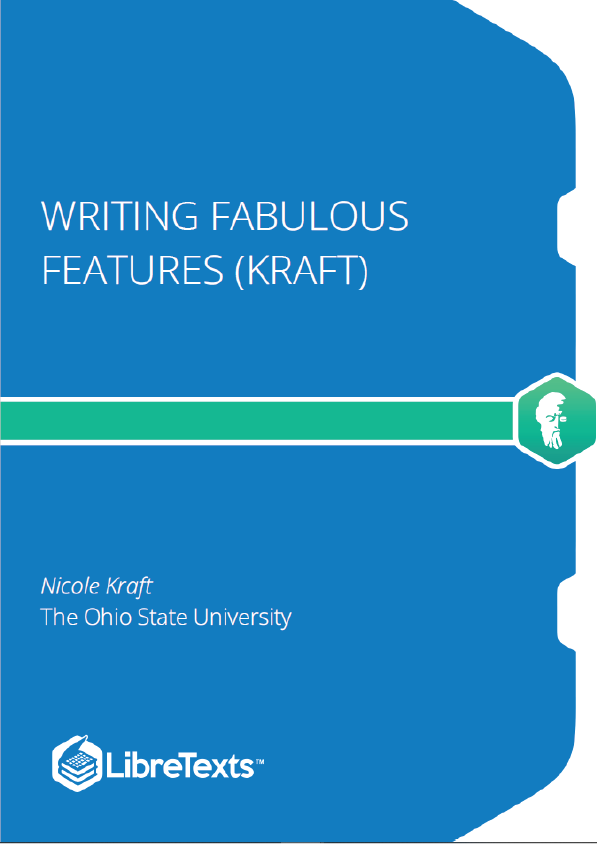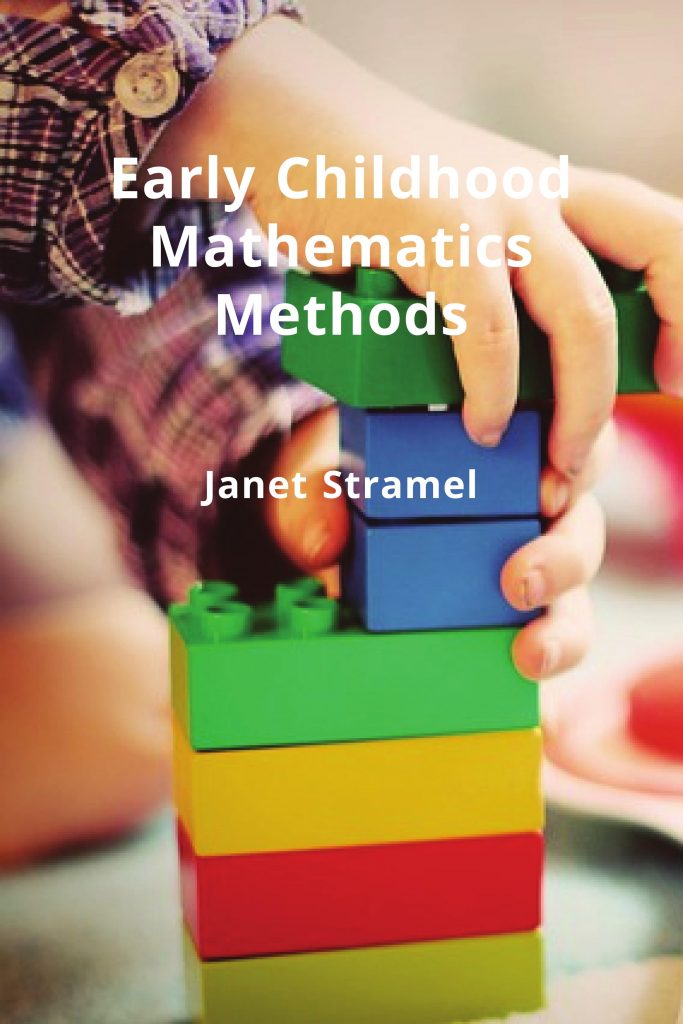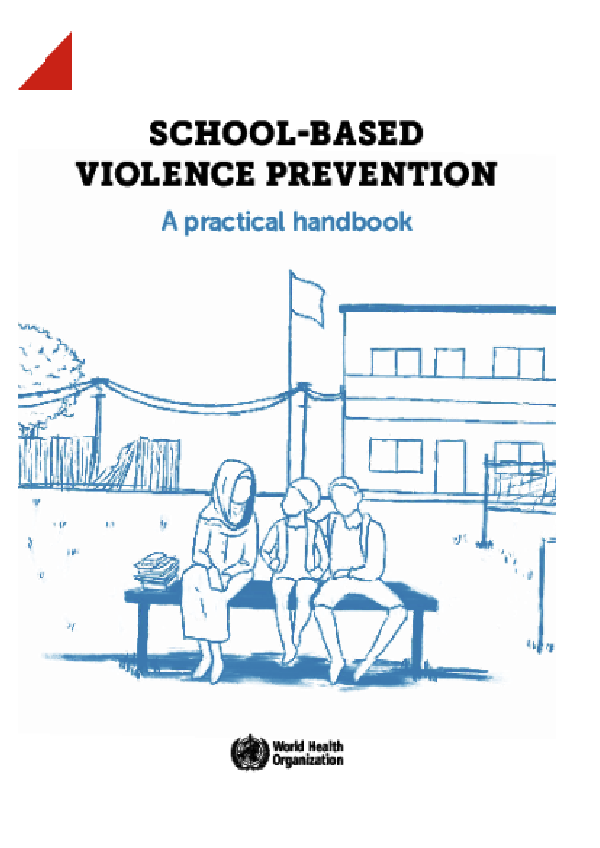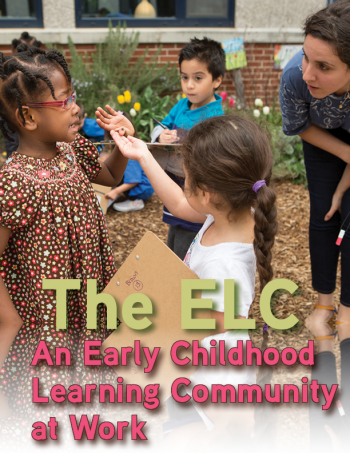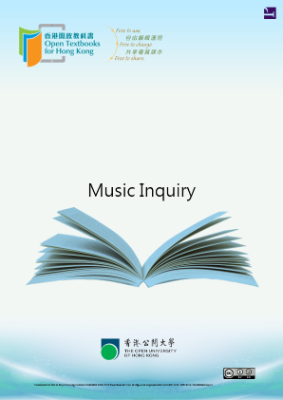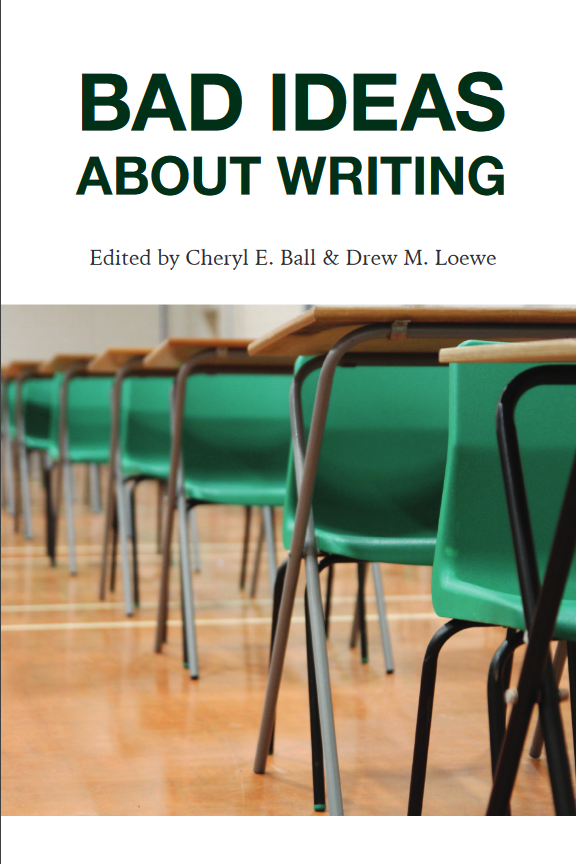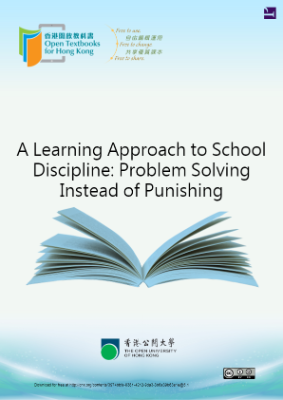It can’t be easy to be a journalism student.
For four years in high school, you were taught to write essays containing a thesis statement, utilizing parenthetical citations to attribute material.
Then you come into your journalism education classes, and we teach you the most important information comes first, as per the summary lede of an inverted pyramid story, and all facts are now cited through speaker attribution.
And don’t worry about the end of your article — the inverted pyramid says just finish it off with the least important information.
Then, we tell you, “Hold on — don’t put the most important information first. Now you can craft a narrative story at the beginning of your article, and the most important information should come a graph or two (or five) down in the form of a nut graph — the story in a nutshell. And the body should entice the reader to consume the whole story until they get to a beautifully crafted conclusion.
What is a writer to do?
The most important facet of being a student of journalism is to realize that there are a place and time for every type of article, and your versatility will help you be even more marketable.
Hard news articles have their place. They are written so readers can get the information they need immediately and stop reading at any time, and still come away with the whole story. This is different from a feature, sometimes described as “soft news,” which is written to encourage the audience to stick around to the end, so that the climax comes at the end.
Becoming Familiar with Features
There are a lot of terms for what we are seeking to produce: piece, feature, article, story, narrative. But ultimately the form for all is the same: nonfiction written in journalistic form utilizing: Research Interviews Facts Quotes
News writing utilizes all of these pieces, but that is not what we are crafting.
We are creating feature articles
What is feature writing?
Feature writing is relating facts and information with a more narrative style, using fiction-writing techniques, including characters, descriptions, anecdotes, scene-setting and dialogue.
This version of nonfiction goes beyond simple news transmission. Readers of these types of works want to be smarter than when they started reading; they want to be taught, entertained, captivated and involved.
To that end, some think about feature articles as more “fluff,” lacking the hard-hitting impact of the news. Truthfully, we are really presenting facts and information with more of a human spin, using people to bring us into and move us through the stories.
And that means we can throw out the stiffness of news writing and start to look at a variety of styles and voices within the feature model.
“Newsworthiness” also changes to “feature worthiness,” which takes away burdens related to timeliness. We are no longer wedded to reporting on what is happening now. Instead, a feature can be valid simply because it’s something readers have yet to learn about. It can be crafted from a topic of interest. It can single out a specific person, place or entity to expose it to the public.
